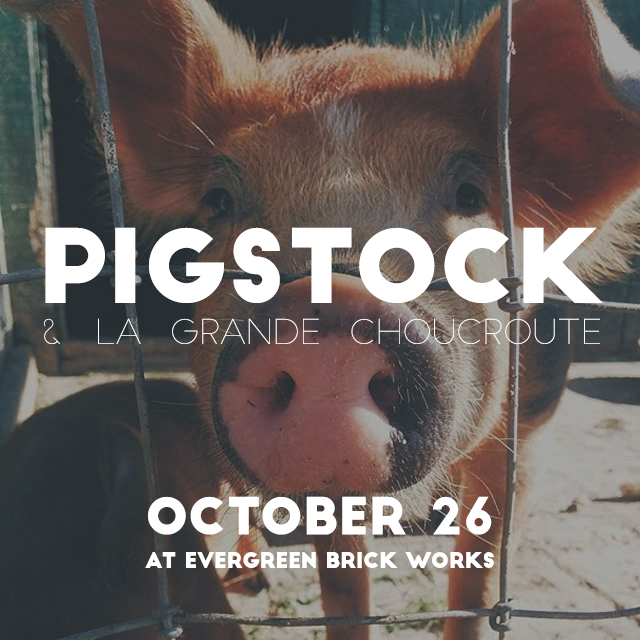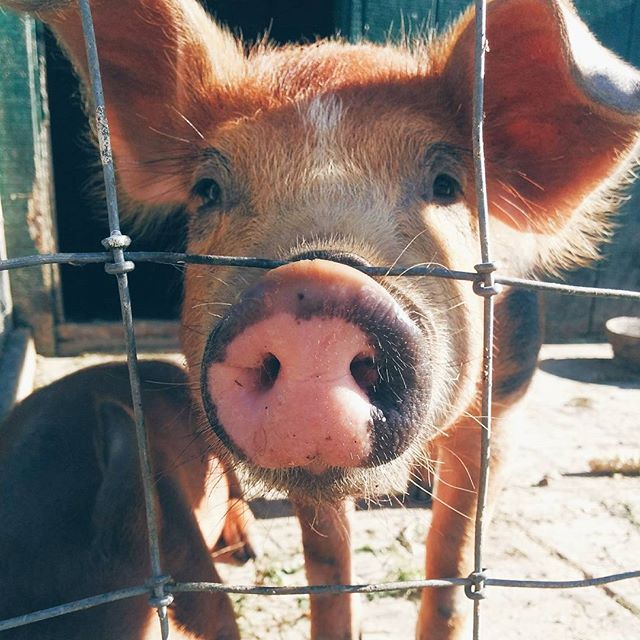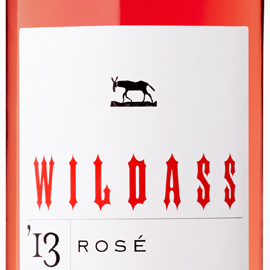The mangalitsa pig — pronounced manh-ga-leets-ah — is a heritage Hungarian breed who’s star is beginning to rise again. Mangalitsa’s have a very distinctive personal appearance with a wooly coat similar to that of a sheep. They come in three varieties blonde, red and swallow bellied. The swallow bellies are a cross between blonde and the black variety which went extinct in the 1970’s.
But the differences aren’t only skin deep, mangalitsa meat is a deep red colour with substantial marbling. In appearance it is closer to what we think of as beef than pork. The marbling comes from the fact that mangalitsa pigs generally carry about 15-20% less lean meat than conventionally bred pork.

What’s The Skinny?
Mangalitsa’s were developed in the mid-nineteenth century by cross breeding Hungarian breeds from Szalonta and Bakony with the Serbian Sumadija breed. They were originally bred for lard in the 1830’s by Austrian Archduke Joseph, Palatine of Hungary.
Before vegetable oils, lard was the go-to cooking oil. It was also used in candles, soap and cosmetics. This demand for lard led the fat filled mangalitsa’s to become the most prominent swine bred in Hungary until 1950. But by the 1990’s fewer than 200 mangalitsa pigs remained in Hungary.

This Little Piggy Went To Obscurity
In the mid-twentieth century modern science declared saturated fats dangerous to human health and unfortunately, everyone started freaking out about all fats. This prompted a switch in dietary habits to butters and vegetable based oils for cooking. The transition was a bit unfounded though as lard has less saturated and more unsaturated fat than an equal amount of butter. It also does not contain any of the trans-fats that can be found in margarine, vegetable shortenings and hydrogenated fats.
This also started as a transition to leaner meat. Mangalitsas began taking a back seat to other breeds as pigs were more often being bred for leaner meat, a trend which has continued for the past 50 years. This has resulted in a stark difference between the mangalistas and conventional pork. In mangalitsas lean meat accounts for about 30-35% compared to 50% in modern breeds.
Changes in farming practices also had an impact on popularity of the mangalitsas. When agriculture began embracing factory farming it was very clear that the mangalitsas were not going to fit that model for four reasons:
- Slow growth, it takes about 15 months for them to reach ideal age for consumption as opposed to six months for conventional pork
- Large space requirements, they are active and love to dig and require the room to do so
- Large outdoor space requirements. Most farmers leave this breed outdoors all year round even with piglets. They also depend on rooting for grubs and foraging to round out their diets
- Small litter sizes, the average litter being 6 compared to 13-14 for conventional pigs
Taking all of this in to account it costs about three times as much to raise a mangalitsa pig to maturity than it does for conventional pork.

Save The Pig By Eating The Pig
This may seem like a paradox but demand for the mangalitsa pig helps give farmers a reason to breed and preserve this heritage breed. This started in the 1990’s when a series of breeders banded together to continue the line. By 1994 the Hungarian National Association of Mangalica Breeders was formed with 20 breeders, by 2008 this number had risen to 150.
Mangalitsa pigs are being recognized by more than just the breeders who raise them. Slow food, an international organization that works to preserve traditional methods of eating, endangered animals and rejects the notion of industrialized food has listed the mangalitsa pig in it’s Ark of Taste, recognizing it as a breed worth saving.
The mangalitsa pig has been on a real roller coaster of popularity that runs back to the 1800’s but it seems like they’re coming back to stay this time. Their deliciously unique taste has been wooing fans of flavour and we are completely on board.
If you want a chance to taste what the mangalitsa pig has to offer check out Pigstock 2015!

Originally published on OntarioCulinary.com








Thanks.
Johan
Are there any Mangalista producers in eastern Delaware, Maryland, or Virginia? (Eastern shore of Chesapeake Bay or Delmarva Peninsula)
Finally ! How about in Eastern Pennsylvania ?